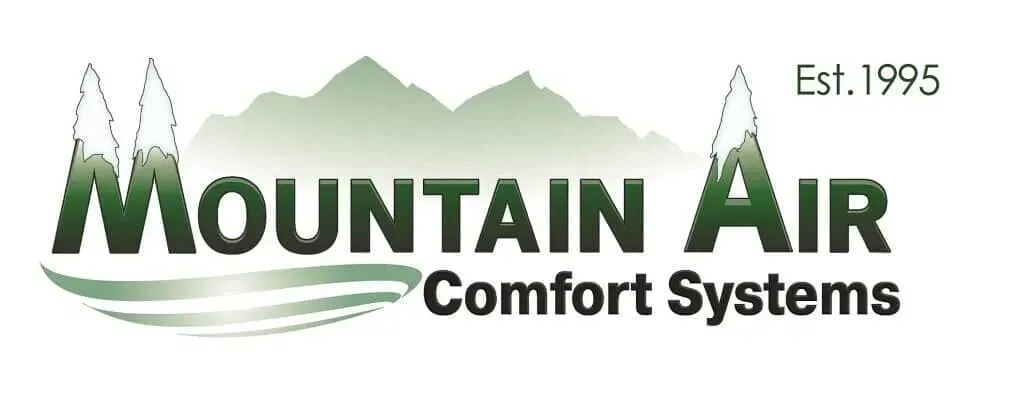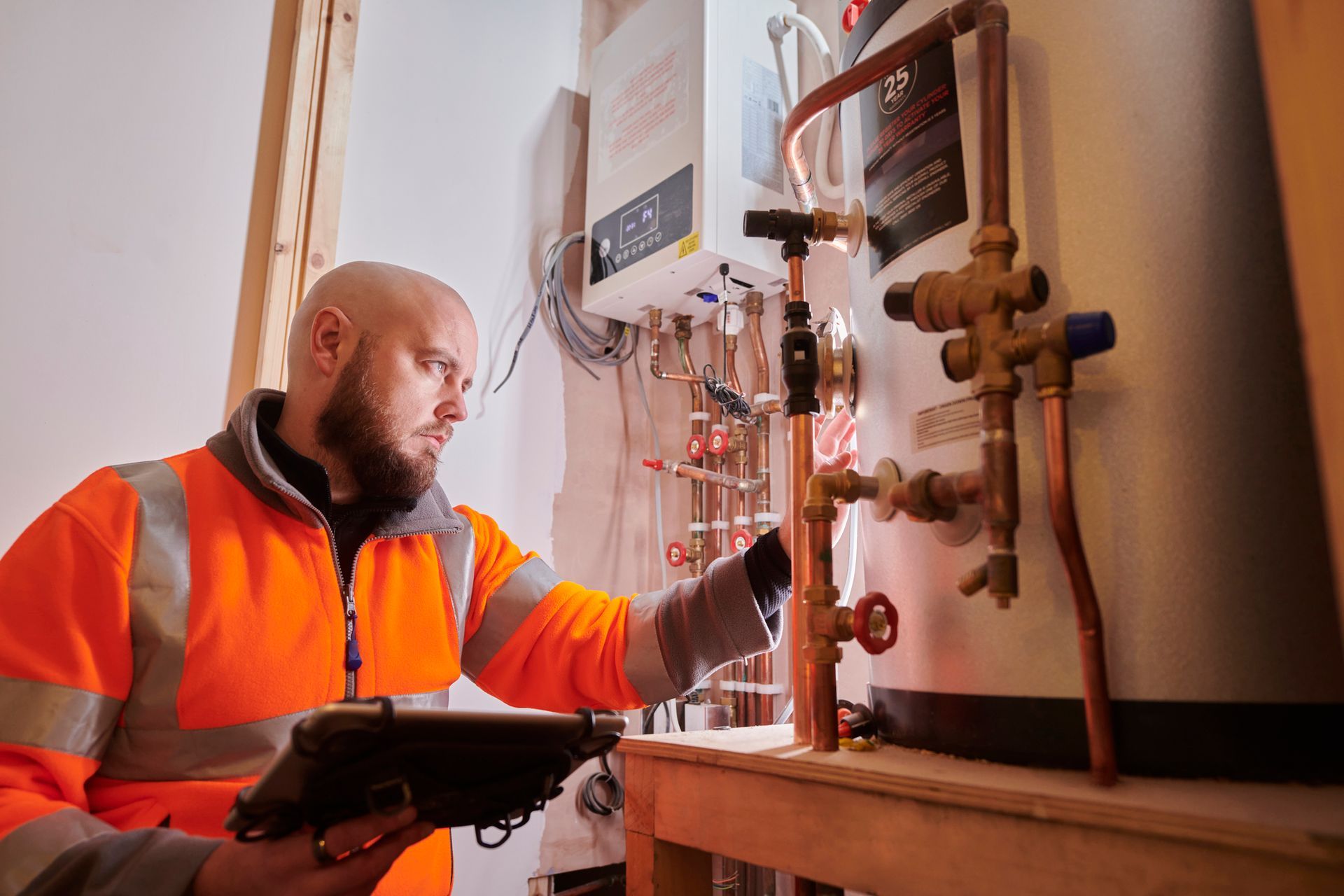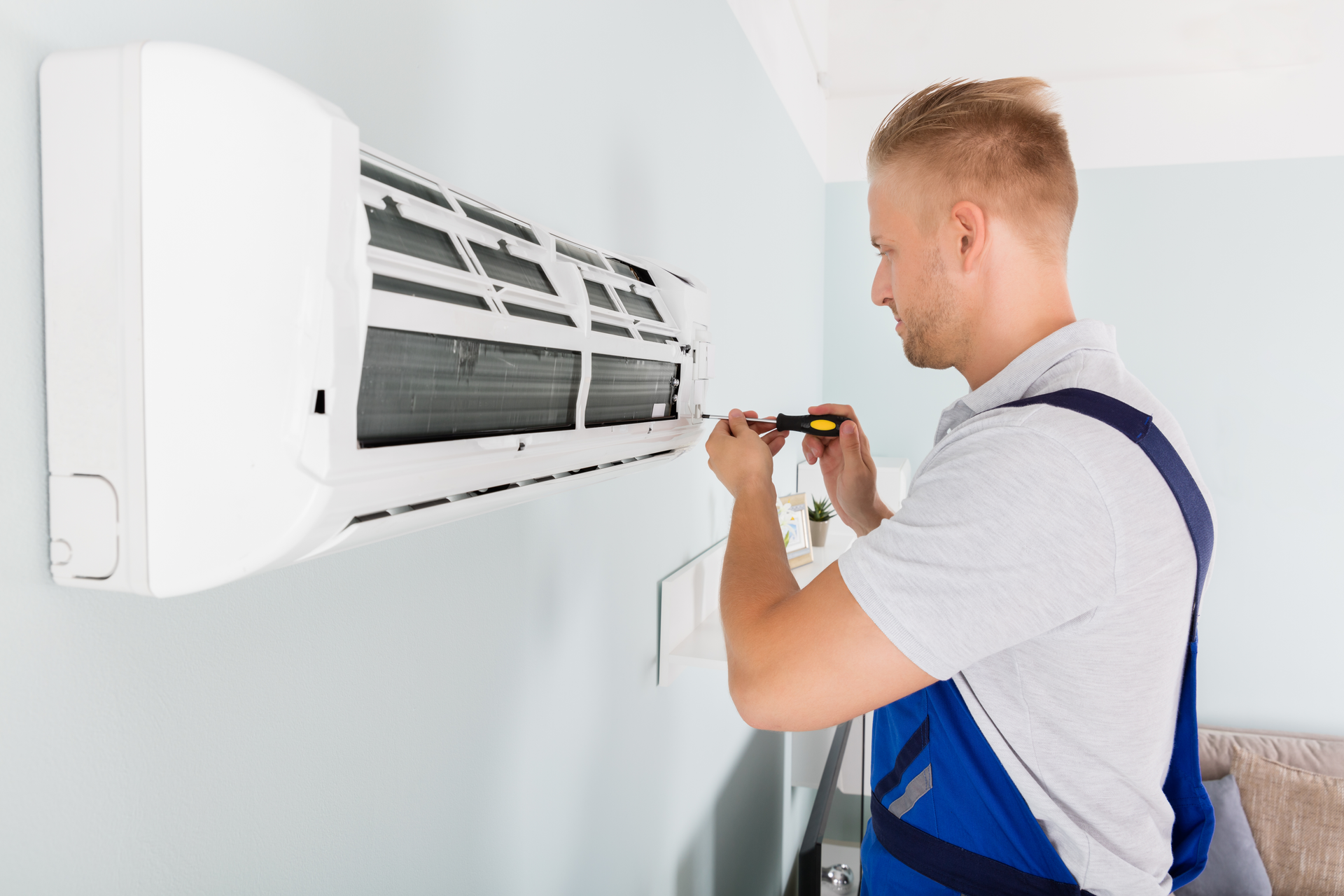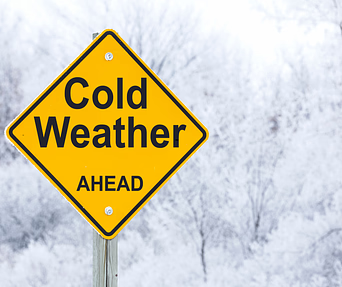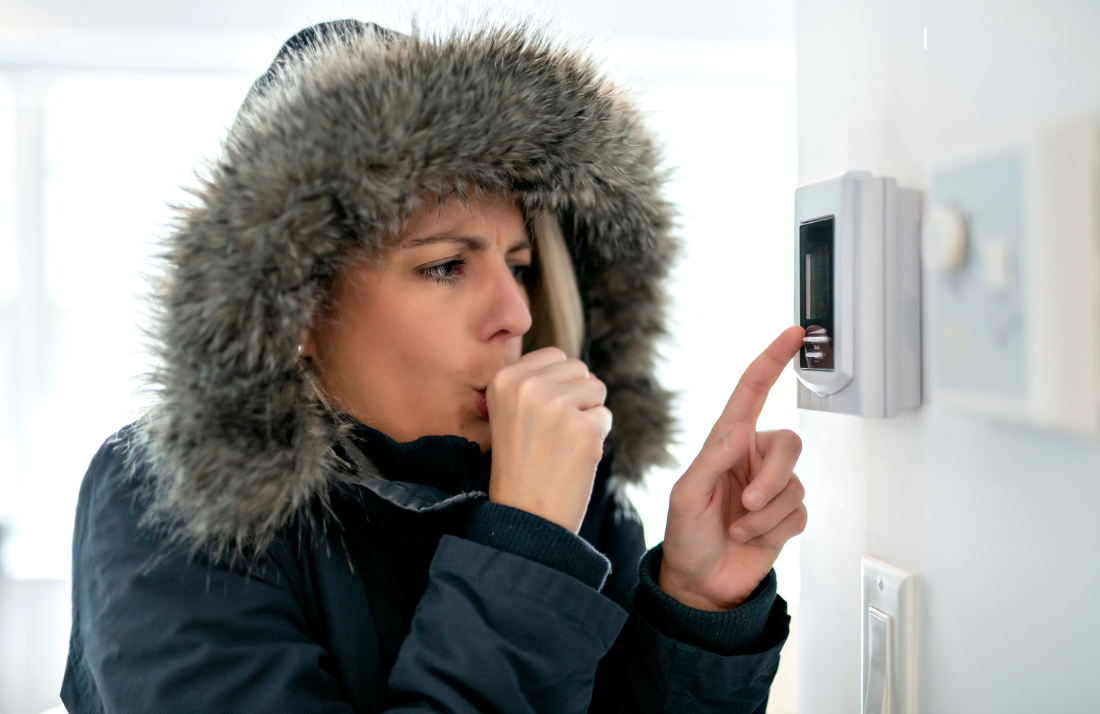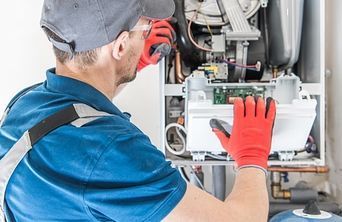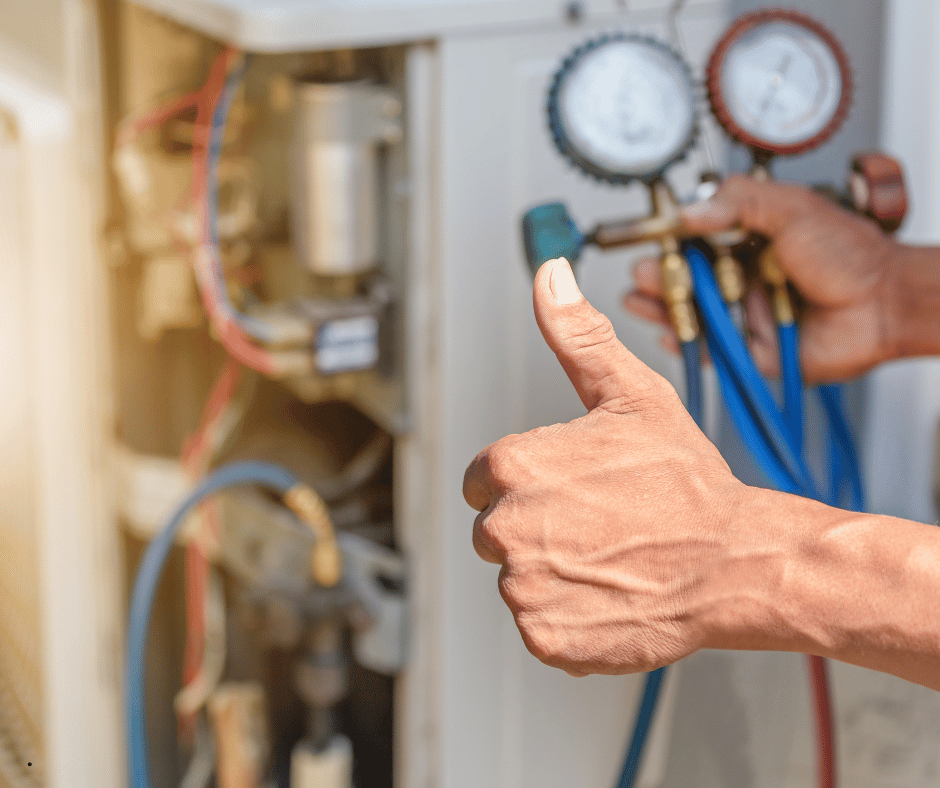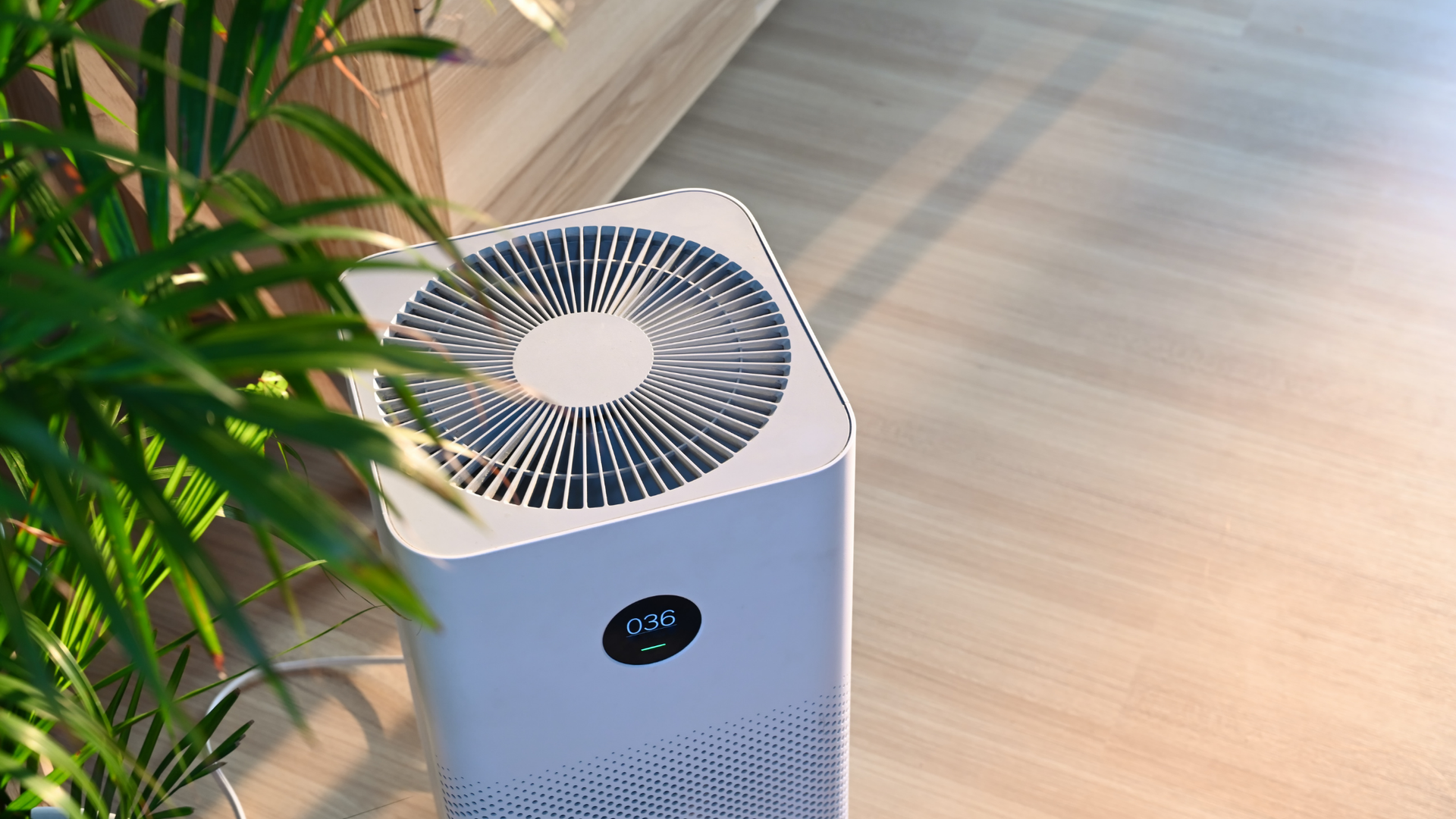Colorado Furnace Replacement: Your Expert Guide Explained
November 19, 2024
Colorado Furnace Replacement: A Comprehensive Guide
As Colorado's climate demands reliable home heating, furnace replacement is a crucial consideration for many homeowners. This guide explores the factors influencing furnace replacement costs, helping you make an informed decision for your home's comfort and efficiency.
Furnace Types and Considerations Colorado
Homeowners can choose from several furnace types, each with its own advantages and considerations. Gas furnaces are a popular choice due to their efficiency and relatively low fuel costs. These systems burn natural gas to generate heat, which is then distributed throughout the home via ductwork. Gas furnaces are well-suited for Colorado's cold winters, with the ability to quickly produce high levels of heat.
Electric furnaces are another option, particularly in areas where natural gas service is not readily available. These systems use electric heating elements to warm the air, which is then circulated through the home's ductwork. While electric furnaces typically have lower upfront costs compared to gas models, their operating expenses can be higher due to electricity rates. However, they are often praised for their quiet operation and minimal maintenance requirements.
Less common in Colorado are oil furnaces, which burn heating oil to generate warmth. These systems can be an effective heating solution in regions where other fuel sources are limited, but they generally have higher installation and operating costs compared to gas or electric models. They also require regular fuel deliveries and more frequent maintenance.
Heat pumps are becoming increasingly popular in Colorado due to their versatility and energy efficiency. These systems can both heat and cool a home by transferring heat from the outside air or ground into the living space during winter and reversing the process in summer. While heat pumps can be more expensive to install initially, they often provide significant energy savings over time, especially in areas with moderate climate variations.
Factors Affecting Replacement Costs
The expense of replacing a furnace in Colorado can vary widely depending on several key factors. The size of your home and its heating requirements play a crucial role, as larger homes typically require more powerful and costlier systems. Additionally, factors such as ceiling height, insulation quality, and the number of windows can impact your heating needs.
Furnace efficiency, as measured by the Annual Fuel Utilization Efficiency (AFUE) rating, is another significant factor. Higher AFUE ratings generally correspond to more efficient systems but also come with increased upfront costs. In Colorado's climate, investing in a high-efficiency furnace can lead to substantial energy savings over time, potentially offsetting the initial investment.
The complexity of your furnace installation can also significantly impact the overall replacement cost. Factors such as the accessibility of your current system, the need for ductwork modifications, and any required upgrades to meet current building codes can all influence the final price. In some cases, switching from one type of furnace to another (e.g., from oil to gas) may require additional work and expenses.
Finally, the brand and specific model of furnace you choose will affect both the equipment cost and potentially the installation expenses. Well-known manufacturers often command higher prices but may offer extended warranties or advanced features that justify the additional investment.
Selecting the Right Furnace
When choosing a new furnace for your Colorado residence, it's essential to consider your local climate, energy efficiency, fuel availability, and system size. For homes in areas with milder winters, a standard efficiency furnace may suffice, but if you live in a region with harsh winters, investing in a high-efficiency model could provide better comfort and energy savings in the long run.
The availability and cost of different fuel types in your area should also play a role in your furnace selection. Natural gas is widely available in many parts of Colorado and is often the most economical choice, but if you live in an area without natural gas service, you may need to consider electric, propane, or oil furnaces.
Proper sizing is crucial for optimal furnace performance and efficiency. An undersized system will struggle to heat your home adequately, while an oversized unit may cycle on and off frequently, leading to increased wear and tear and reduced efficiency. Work with a qualified HVAC professional
to perform a load calculation for your home, taking into account factors such as square footage, insulation levels, window quality, and local climate.
The Replacement Process
Financing Options and Incentives
Replacing a furnace can be a significant expense, but there are several financing options available to help make this investment more manageable. Explore opportunities such as manufacturer financing, HVAC company financing, home equity loans or lines of credit, personal loans, and energy efficiency financing programs.
In addition to financing, take advantage of available energy efficiency incentives and rebates to offset the cost of your furnace replacement
. These can include federal tax credits, utility company rebates, and state or local incentives for energy-efficient home improvements. By combining multiple incentives, you may be able to achieve substantial savings on your new furnace.
Maintaining Your New Furnace
Proper maintenance is crucial to ensure the longevity, efficiency, and optimal performance of your new furnace. Regular tasks like changing the air filter, scheduling annual professional maintenance, and keeping the area around the furnace clear can help prevent unexpected breakdowns and maintain energy efficiency.
Pay attention to your furnace's performance throughout the heating season, and address any minor issues promptly to prevent them from developing into more significant problems. Additionally, consider installing a programmable or smart thermostat to automatically adjust temperatures based on your schedule, potentially leading to energy savings and improved comfort.
When to Consider Another Replacement
While a new furnace is a significant investment, it's important to recognize when it's time to plan for another replacement. Factors like the age of the system, increasing energy bills, frequent repairs, uneven heating, and visible signs of wear can indicate that your furnace is nearing the end of its useful life.
By staying attuned to these signs and consulting with HVAC professionals, you can make informed decisions about when to invest in a new furnace, ensuring that your Colorado home remains comfortable and energy-efficient for years to come.
At Mountain Air Comfort Systems, we know the importance of keeping a safe and cozy home for your loved ones. With nearly 30 years in business, we’re the trusted source for your furnace replacement needs. Contact us today to schedule your free consultation and see the Mountain Air Comfort Systems difference.

